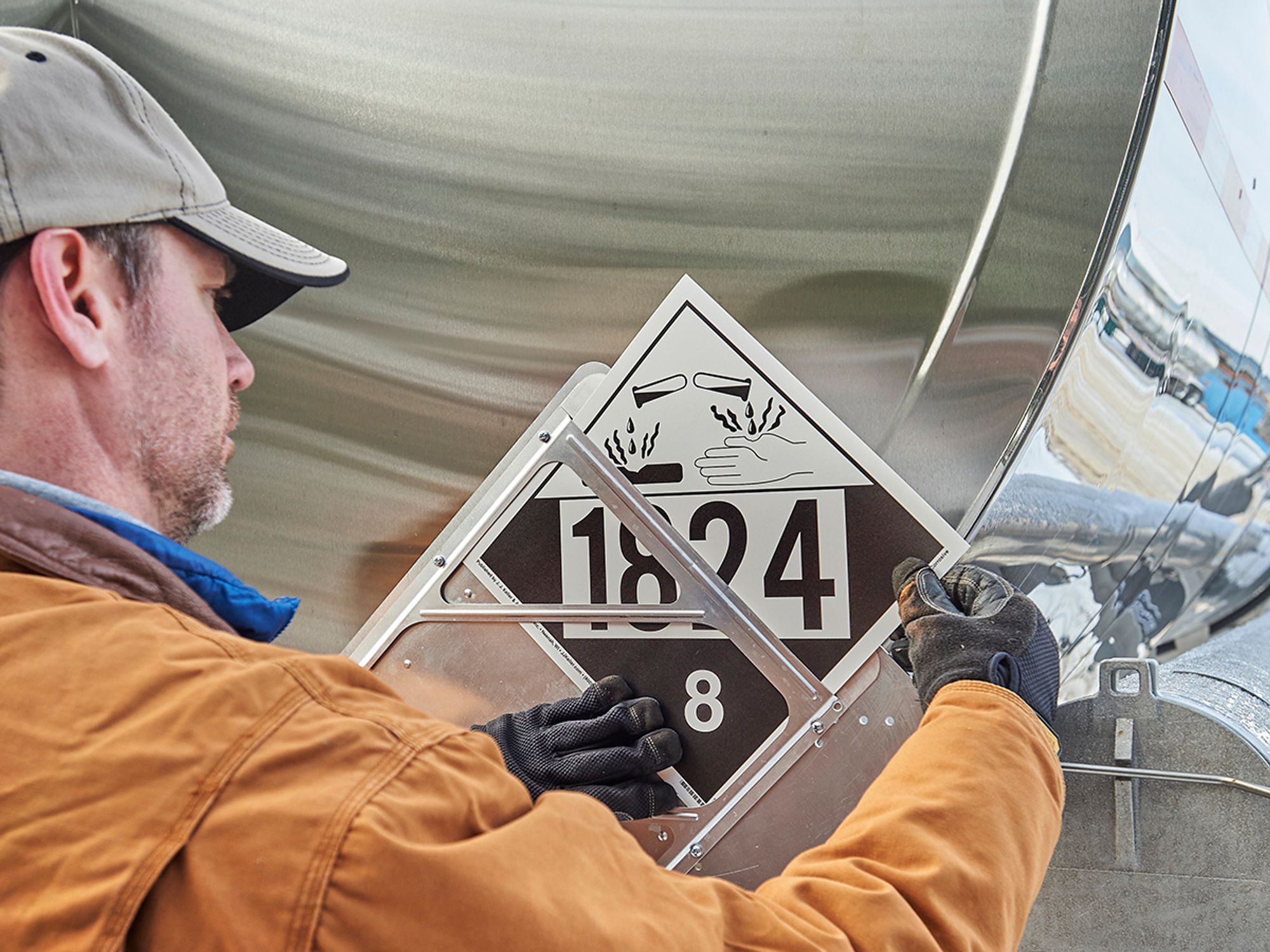Schedule 1 table

- The Schedule 1 table contains information that is necessary to correctly identify, label, mark and placard dangerous goods.
- The schedule is broken down into 10 columns that identify specific regulations.
- There are special provisions to various schedules and if there is a conflict between a special provision and other provisions in the regulations, the special provision applies.
Schedule 1 contains information that is necessary to correctly identify, label, mark, and placard dangerous goods. Schedule 1 is sorted by UN number and not alphabetically as in 49 CFR; an alphabetical list is in Schedule 3.
The schedule is broken down into 10 columns:
- Column 1 - UN Number - Provides the UN numbers for the shipping names of dangerous goods.
- Column 2 - Shipping Name and Description - Shipping names are written in upper case letters and descriptive text is written in lower case. The word “or” between shipping names indicates that there is more than one shipping name for the dangerous goods; each shipping name shown may be used.
- Column 3 - Class - The primary class is provided with any subsidiary class, or classes, shown in parentheses. The word “Forbidden” indicates the dangerous goods must not be transported.
- Column 4 - Packing Group/Risk Group - This column gives the packing groups or risk groups for dangerous goods. Class 6.2, Infectious Substances, has risk groups, not packing groups. There are only two entries for infectious substances, UN2814, INFECTIOUS SUBSTANCES, AFFECTING HUMANS, and UN2900, INFECTIOUS SUBSTANCES, AFFECTING ANIMALS.
- Column 5 - Special Provisions - Special Provisions provided can be found in Schedule II.
- Column 6 - Explosive Limit and Limited Quantity Index - Indicates the quantity of dangerous goods at or below the level that may be handled, offered for transport or transported in accordance with section 1.17 or section 1.31 of Part I - Coming into Force, Repeal, Interpretation, General Provisions, and Special Cases.
- Column 7 - ERAP Index - Dangerous goods in greater quantity than the ERAP (emergency response assistance plan) quantity limit listed must have a plan, according to section 7.1 of Part 7, Emergency Response Assistance Plan. If no index number is shown, no ERAP is needed, according to subsection 7.1(4) of Part VII.
- Column 8 - Passenger Carrying Ship Index - Provides the quantity limits for a consignment of dangerous goods transported onboard a passenger carrying ship. “Forbidden” means the dangerous goods must not be transported in any quantity onboard a passenger carrying ship. If no index number is shown, there is no quantity limit.
- Column 9 - Passenger Carrying Road Vehicle or Passenger Carrying Railway Vehicle Index - Provides quantity limits for a consignment of dangerous goods transported on a passenger carrying road vehicle or a passenger carrying railway vehicle. See section 1.6 of Part I. “Forbidden” indicates the dangerous goods must not be transported in any quantity on a passenger carrying road vehicle or a passenger carrying railway vehicle. If no index number is shown, there is no quantity limit.
- Column 10 - Marine Pollutant - “P” indicates a marine pollutant; “PP” indicates a severe marine pollutant. The symbol “.” indicates a potential marine pollutant.
Special provisions in Schedule 1
Special provision means an item of Schedule 2 referred to in Column 5 of Schedule 1.
Schedule 2 gives the text of the special provisions that apply to dangerous goods; the numbers of the special provisions in Schedule 2 correspond to the numbers in Column 5 of Schedule 1. Each UN number that has the special provision against it is included in italics at the end of each special provision.
When there is a special provision in Schedule 2 for dangerous goods, that special provision applies.
If there is a conflict between a special provision in Schedule 2 and other provisions in the regulations, the special provision applies.
When the regulations do not apply to specific dangerous goods, then Schedule 2 does not apply.
